This innovation promises to make smart homes more efficient, sustainable, and user-friendly.
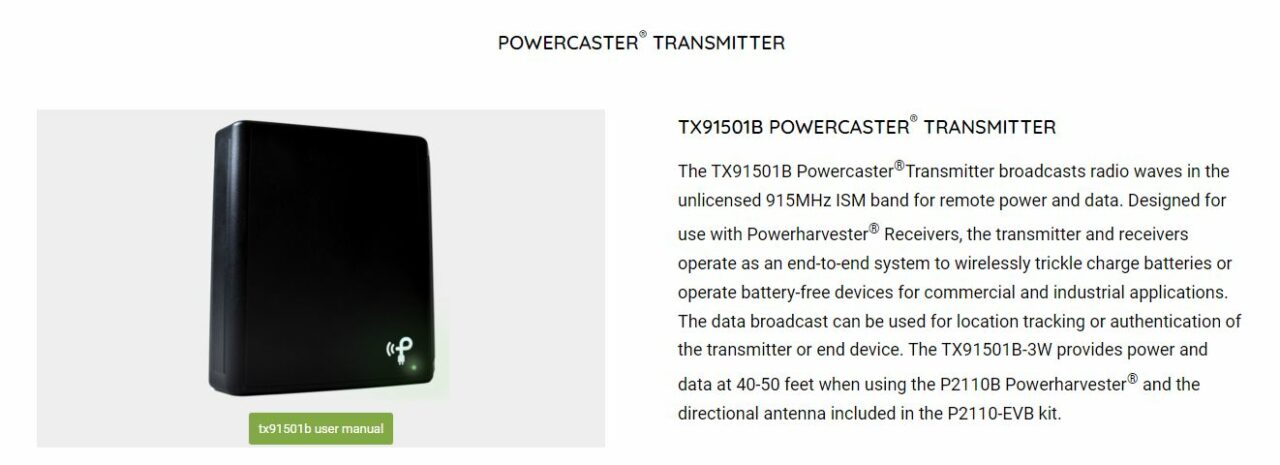
The Technology Behind Battery-Free Sensors
At the core of this revolutionary technology is the Powerharvester PCC110 wireless RF receiver chip. This tiny, cost-effective chip, which can be produced for around $1 at volume, converts radio frequency (RF) energy into direct current (DC) power.
The PCC110 chip is housed in an SC-70 package and operates across a broad RF power range (-17 to +20dBm) and frequency spectrum (10MHz to 6GHz). Its efficiency in converting RF to DC power can reach up to 75%, making it an ideal solution for low-power devices.
The chip works by embedding it into various sensors equipped with a small antenna. These sensors can then harvest ambient RF energy from the environment, effectively eliminating the need for traditional batteries.
This means your home’s smart devices, such as door locks, temperature monitors, light sensors, and motion detectors, can run indefinitely without ever needing a battery replacement.
This innovation not only reduces maintenance but also significantly cuts down on electronic waste, contributing to a more sustainable environment.
Source: eenewseurope
How It Works: Wireless Power Network
The concept behind Powercast’s solution is straightforward yet revolutionary: by placing an RF transmitter in each room, you can create a comprehensive wireless power network throughout your home.
These transmitters can power sensors located up to 25 feet away, ensuring that all your RF-enabled devices receive a steady supply of power.
For homes with larger spaces or devices that consume more power, additional transmitters can be installed to extend the range and ensure consistent power delivery. For example, Powercast developed a window sensor that will be showcased at the upcoming Sensors Converge show in Santa Clara, California.
This sensor uses the Nordic nRF52840 Thread-compliant microcontroller, which allows it to charge efficiently up to 8 meters away from the transmitter. With this technology, the sensor’s battery will never need to be replaced, offering a truly maintenance-free solution.
The nRF52840 microcontroller, central to this technology, is a powerful and versatile component.
It features a 64MHz ARM Cortex M4 processor with a floating point unit (FPU), 1MB Flash memory, and 256kB RAM. Additionally, it includes a 2.4GHz multiprotocol radio that supports Bluetooth 5, ANT, Thread, Matter, Zigbee, IEEE 802.15.4, and proprietary 2.4GHz RF protocol software.
This allows for concurrent wireless connectivity of multiple protocols, ensuring seamless integration and communication between all smart home devices.

Seamless Integration with Smart Home Ecosystems
One of the most compelling aspects of this technology is its compatibility with the Matter smart home connectivity standard and the Thread wireless communication protocol.
Matter ensures that these sensors can easily integrate into existing smart home ecosystems, allowing users to control and monitor them through familiar interfaces like Google Home, Amazon Alexa, and Samsung SmartThings.
Thread provides a robust mesh network that enhances the efficiency and reliability of these devices. Operating on the IEEE 802.15.4 standard, Thread enables low-power, resilient communication between devices.
This is particularly important for energy-harvesting sensors, as it ensures they use minimal power while maintaining reliable connectivity.
The combination of Matter and Thread allows for a seamless, user-friendly experience. Matter guarantees interoperability between devices from different manufacturers, while Thread ensures that communication is both efficient and secure.
This means homeowners can easily add new sensors to their smart home setup without worrying about compatibility issues or complex configurations.
Moreover, Powercast offers a licensable reference design for RF transmitters, allowing manufacturers to integrate the necessary electronics into their household products.
This design can convert various devices into Ubiquity RF transmitters for a bill of materials cost of just $5, further expanding the potential for creating a wireless power network in any home.
Conclusion
- Powercast and Nordic Semiconductor have ushered in a new era of smart home automation with their innovative RF energy harvesting sensors.
- These sensors promise a future where smart devices are perpetually powered, eliminating the need for batteries and wires. This not only simplifies home automation but also contributes to sustainability by reducing electronic waste.
- With the ability to seamlessly integrate into popular smart home ecosystems and operate efficiently thanks to the Thread protocol, these sensors are set to become a cornerstone of modern smart homes.
- Whether you’re monitoring your home’s temperature, securing your doors, or simply enjoying the convenience of automation, these battery-free sensors offer a glimpse into the future of smart living.
- The implications of this technology extend beyond convenience. By reducing the dependency on disposable batteries, it addresses significant environmental concerns.
- The continuous power supply ensures that smart home devices can provide 24/7 intelligence with zero downtime, enhancing both the security and functionality of our living spaces.
- As this technology becomes more widespread, we can expect to see even more innovative applications that further integrate smart home automation into our daily lives.

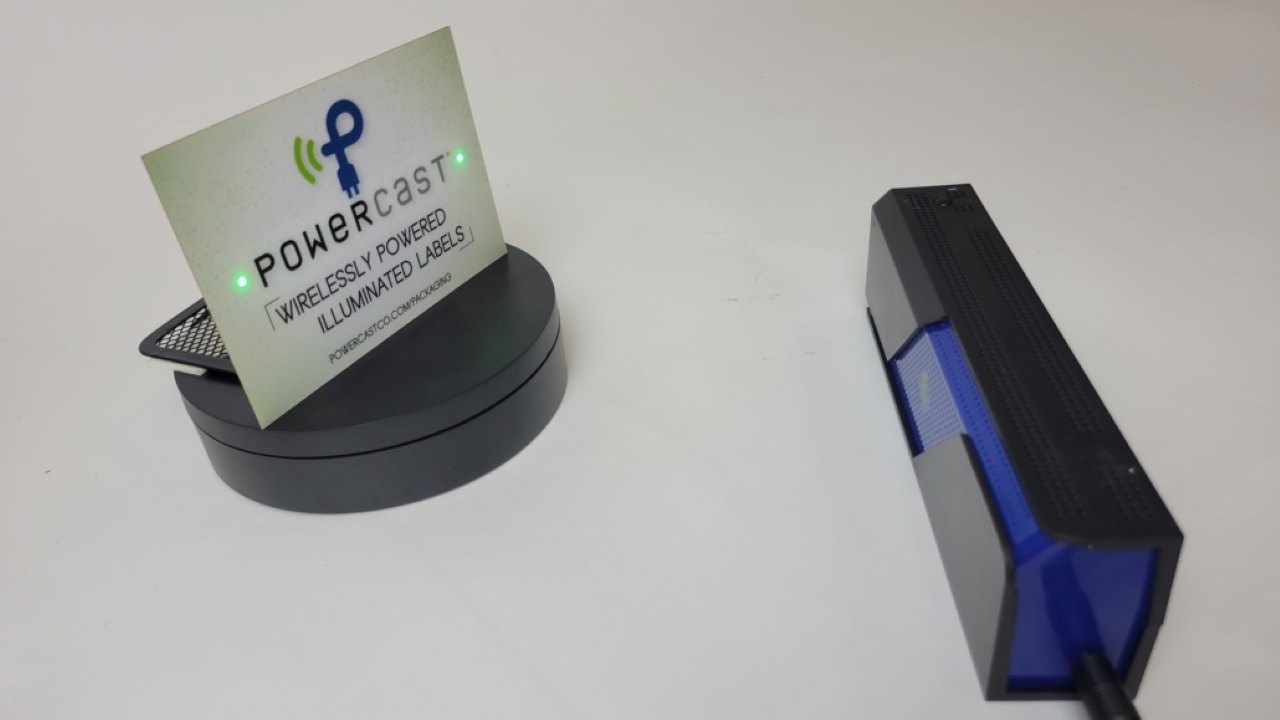



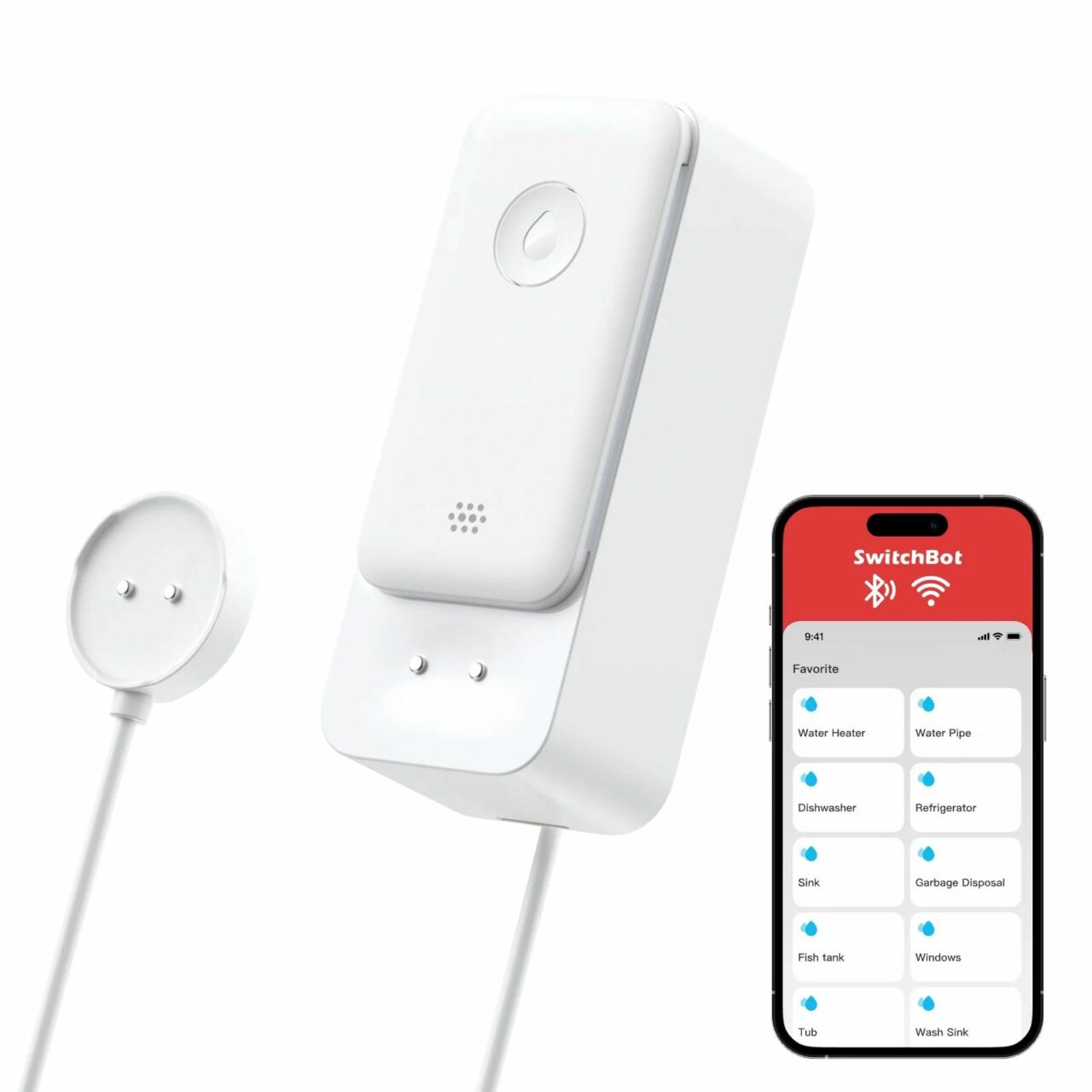

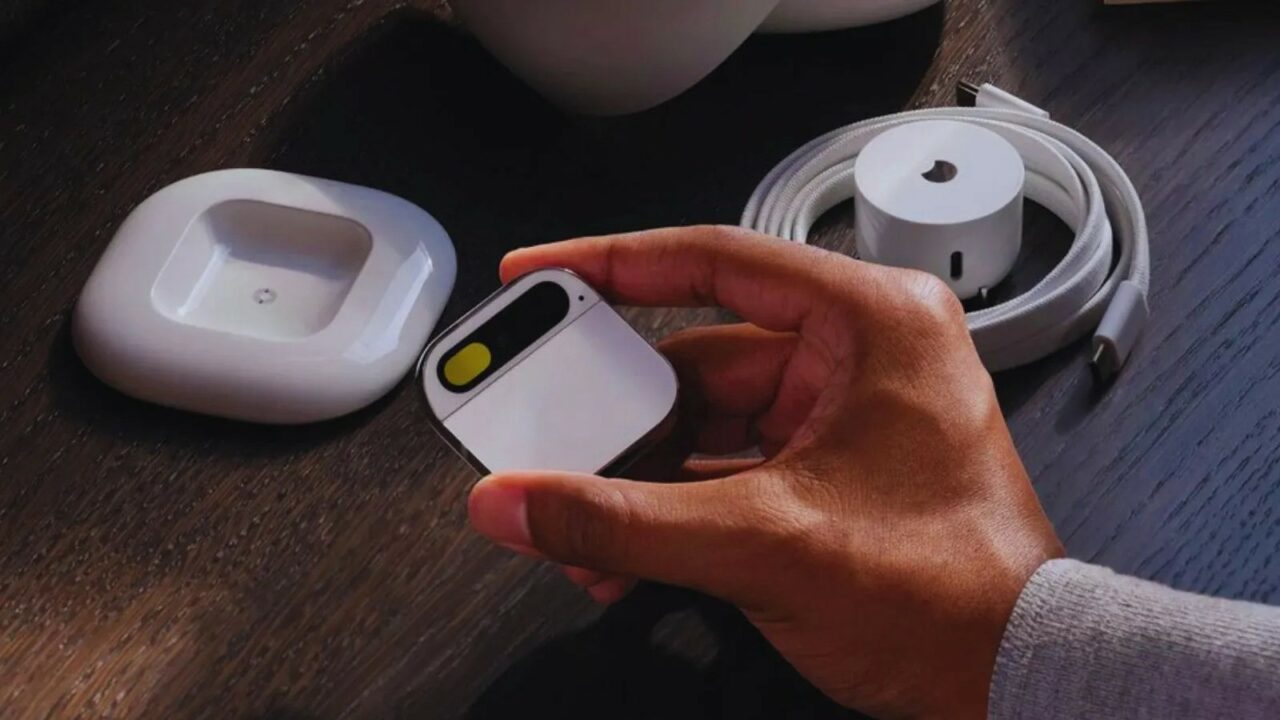
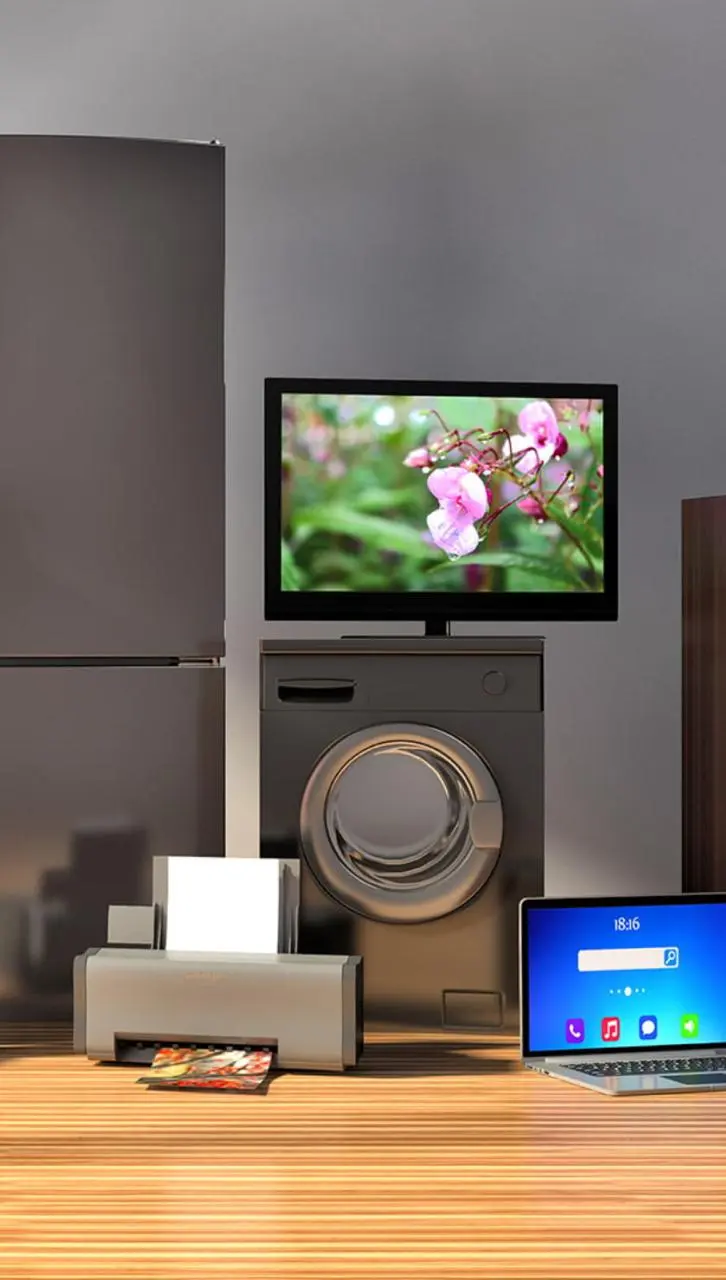

Lucky you! This thread is empty,
which means you've got dibs on the first comment.
Go for it!